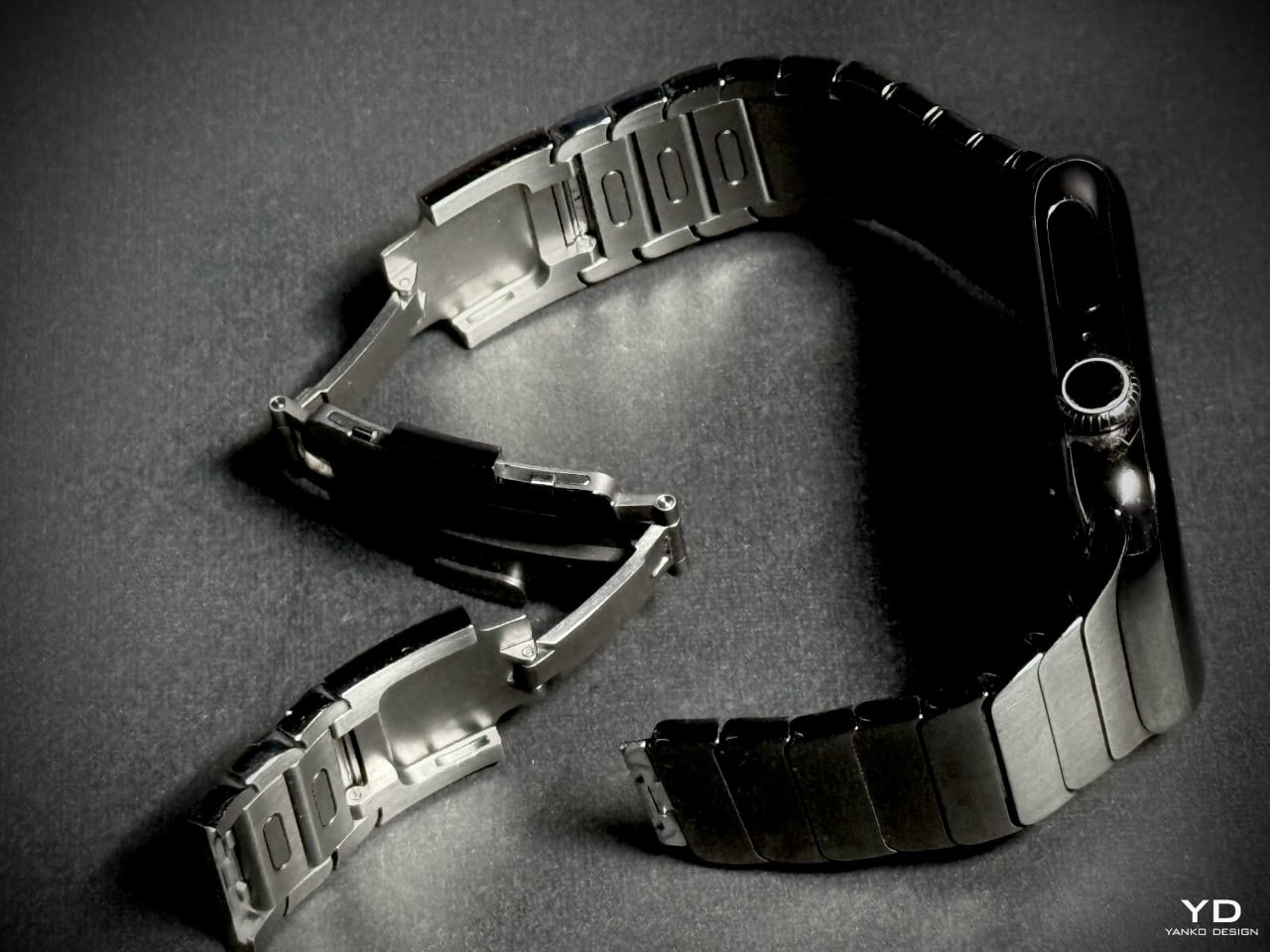This article is part of The Conversation’s “ Business Basics ” series where we ask experts to discuss key concepts in business, economics and finance. In economics, goods and services can be classified in different ways. You might be surprised to realise you already knew this, even without knowing their classification names.
Most goods and services are what we call normal goods. Normal goods are those that you purchase more of as your income increases. For example, you might put healthier and more nutritious food in your trolley, buy more shoes and clothes, or spend more on outings at restaurants and events.
Normal goods still abide to what’s called the law of demand, which might feel like common sense: as the price of something goes up, the quantity of or frequency with which it is demanded will fall. But there are some categories that violate our intuitions around supply and demand. And they do so for very different reasons.
Meet Veblen and Giffen goods, the products that “break the rules”. Read more: What's inflation – and how exactly do we measure it? Needs and wants Normal goods can be further divided into two types: necessity goods and luxury goods. Broadly speaking, necessity goods are all those things we require for everyday life – food, housing, electricity and so on.
Luxury goods, on the other hand, are the those things we don’t necessarily need but are nice to have. Luxury houses, fancier cars, more expensive clothes and so on. We become more able.

















